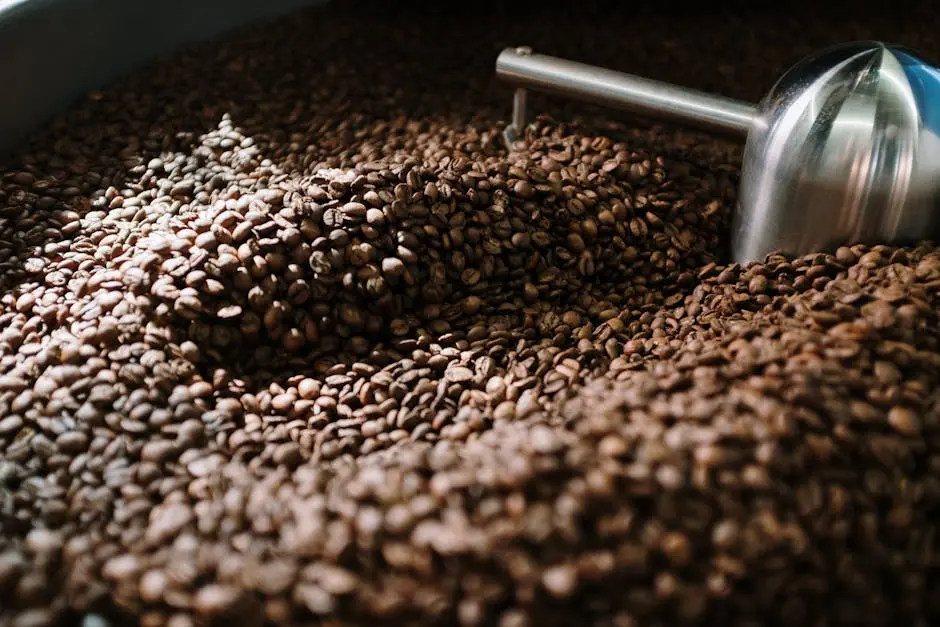Understanding the journey from green coffee beans to the delicious brown sugar and caramel flavors in your cup involves a few fascinating processes. Let’s explore how these flavors develop step-by-step!
Step 1: The Role of Coffee Bean Variety
Different varieties of coffee beans possess unique characteristics that contribute to flavor profiles. Arabica beans, for example, are known for their sweetness, which plays a key role in developing brown sugar and caramel notes.
In contrast, Robusta beans offer a bolder taste with higher caffeine levels but less sweetness. This aspect significantly influences the flavors extracted from each type during brewing. Thus, selecting the right bean is the first step towards enjoying those delightful notes of brown sugar and caramel.
Moreover, some lesser-known varieties, like Gesha or Bourbon, can bring out distinct floral or berry hints that interact beautifully with the sweet sugars present. Each bean variety tells its own story, and understanding these profiles can greatly enhance your coffee experience.
Step 2: The Influence of Growing Conditions
Factors such as altitude, climate, and soil quality can affect the sugar content in coffee cherries. Higher altitudes tend to produce beans with more pronounced sweetness, enhancing caramel flavors during roasting.
Sunlight exposure is another crucial factor; coffee plants that enjoy plenty of sunshine generally develop more sugars in their cherries. Moreover, the right amount of rainfall can encourage the cherries to thrive, ensuring a richer flavor profile.
Even the type of soil plays a vital role; nutrient-rich soils can enhance the development of sugars in coffee cherries. All these variables create a unique environment at the farm level, ultimately contributing to the brown sugar and caramel flavors we savor in our favorite brews.
Step 3: The Roasting Process
During roasting, heat transforms the sugars in coffee beans. As beans roast, they undergo the Maillard reaction, which creates complex flavors and aromas, including brown sugar and caramel notes.
The initial stages of roasting may yield bright, fruity flavors, but as the temperature rises, the sugars caramelize, introducing those rich, sweet notes into the profile. It’s quite like preparing a delicate dessert where the right timing makes all the difference.
Additionally, the choice of roasting equipment—whether a drum roaster or a hot-air roaster—can influence how evenly the beans heat. This evenness is critical for achieving a balanced flavor, amplifying those caramelized sugar notes that many coffee lovers crave.
Step 4: The Importance of Time and Temperature
The duration and temperature of the roast can significantly impact flavor development. Light roasts might retain more acidity, while dark roasts often emphasize rich, caramelized flavors. Striking the right balance is essential for flavorful coffee.
For instance, a medium roast tends to hit that sweet spot, combining the acidity of lighter roasts with the caramel sweetness of darker ones. This allows coffee enthusiasts to enjoy the best of both worlds, appreciating all the intricate flavors that each roast brings.
Temperature control is equally vital; too high can scorch the beans, while too low might leave the sugars undeveloped. Experienced roasters keep a watchful eye and often make real-time adjustments to ensure a perfect roast that brings out fragrant brown sugar and rich caramel notes.
Wrapping Up the Flavor Journey
In summary, the development of brown sugar and caramel flavors in coffee beans is a beautiful synergy of natural sugars, roasting techniques, and chemical reactions. By appreciating this process, you can enjoy your coffee even more!


